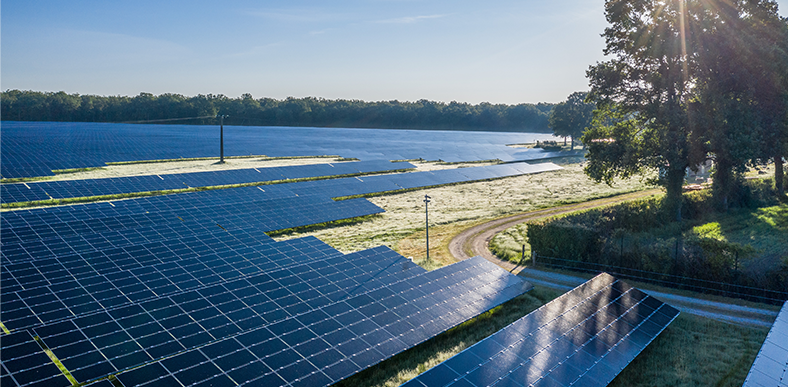The true/false facts about photovoltaics

Solar energy generates many misconceptions. Between environmental concerns, doubts about its effectiveness, and technical questions, it is important to demystify the facts and rely on clear, well-founded information. In this section, we address the most common misconceptions about photovoltaics and provide insights into the realities of this clean and sustainable energy source.
Solar panels are polluting. FALSE!
The use of a panel (the extraction of its materials, manufacturing, and transport) is not neutral for the environment. However, it repays its “carbon debt” on average after 2 to 3 years and produces clean energy for at least 30 years!
Solar panels contain rare earth metals. FALSE!
According to ADEME, the photovoltaic technologies currently on the market do not use rare earth metals. Some use critical metals such as tellurium, indium, and silver for thin-film technologies, or antimony and silver for silicon-based technologies. But these are not rare earth metals.
Photovoltaics are effective despite their intermittent operation. TRUE!
This flexibility becomes more concrete with the development of electricity storage in batteries, which enables greater energy efficiency and grid flexibility. And it is no coincidence that the share of solar energy in the global energy mix continues to increase!
Photovoltaic parks are noisy. TRUE and FALSE!
While the panels themselves do not emit any noise, it is primarily the inverters that produce a hum during the day. This is why they are most often placed inside the installation — the rows of panels acting as a sound barrier — and positioned away from residential areas to avoid any noise nuisance.
Photovoltaic installations emit harmful electromagnetic waves. FALSE
The idea that photovoltaic installations emit harmful electromagnetic waves is a misconception. To date, no rigorous scientific study has established a link between the electromagnetic fields generated by solar panels and harmful effects on human or animal health. Solar panels emit electromagnetic fields that are extremely weak, well below the levels considered safe by international standards.
